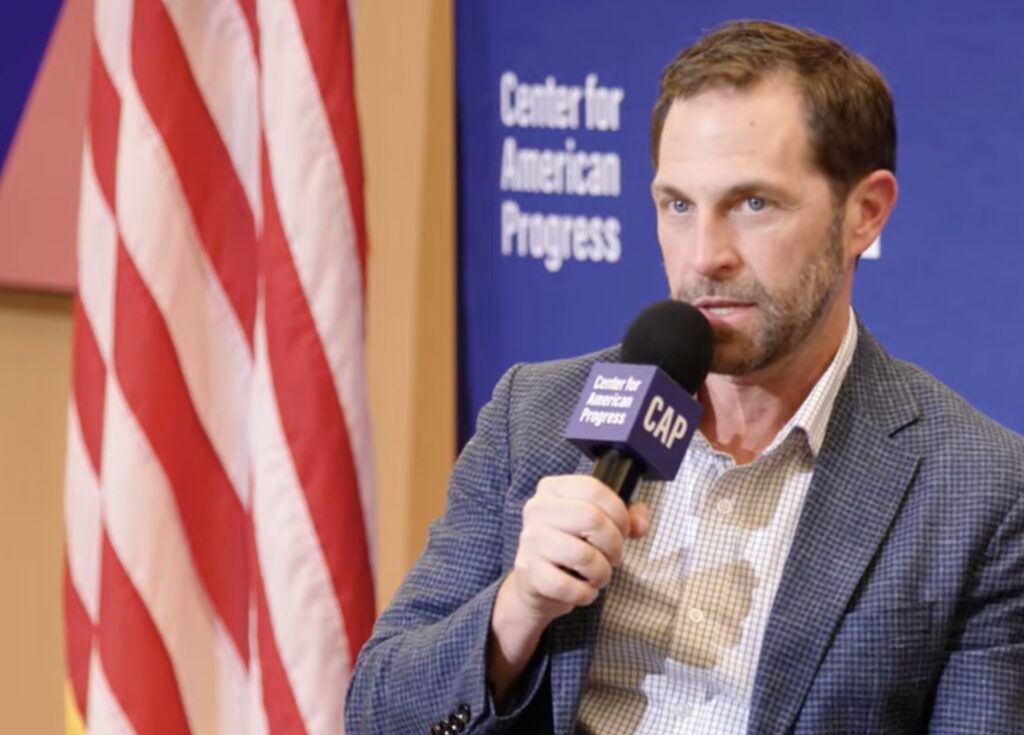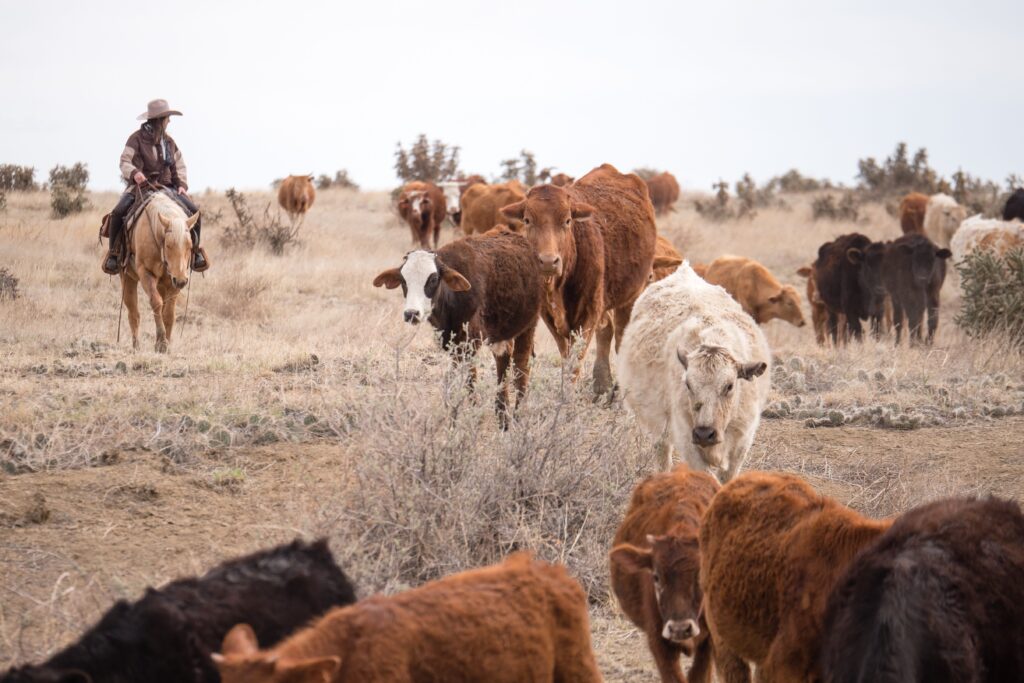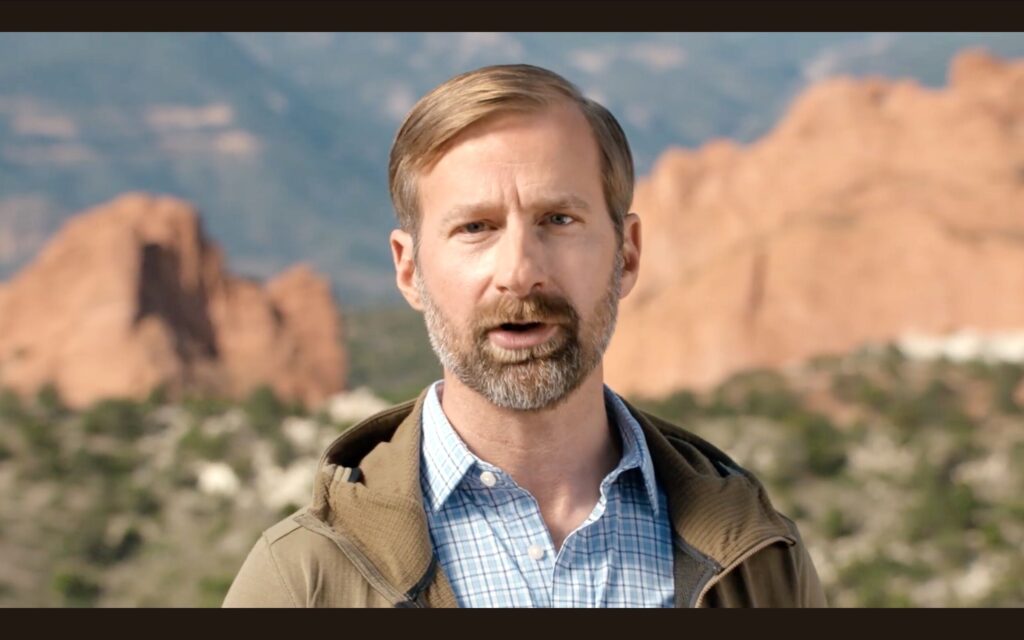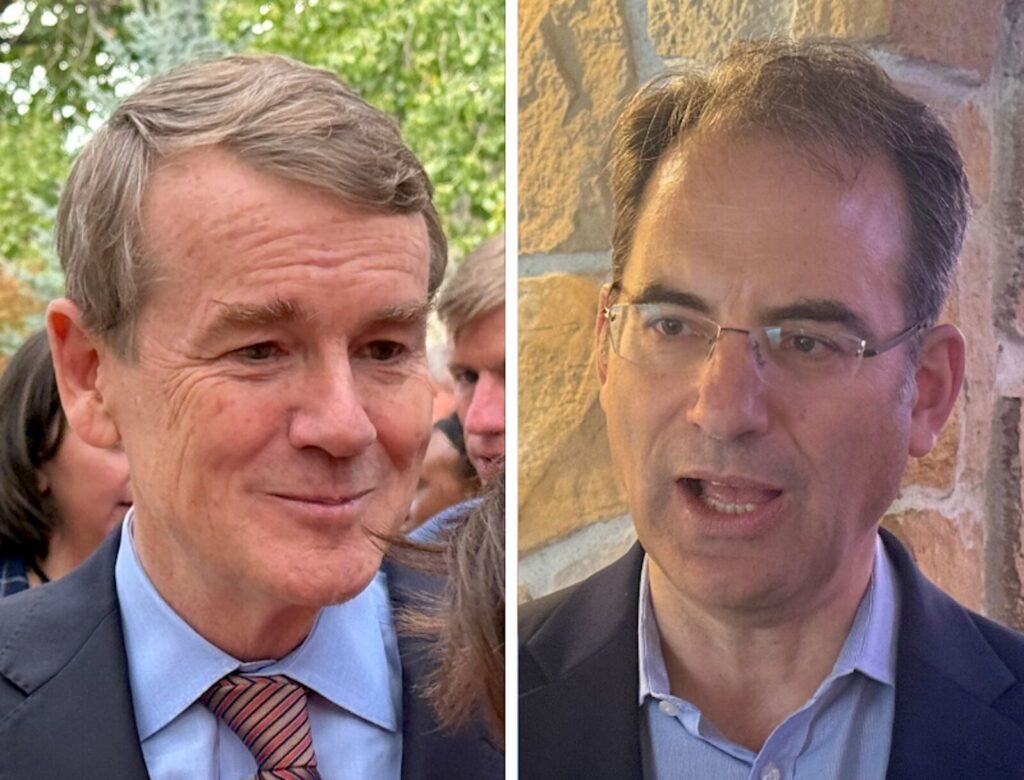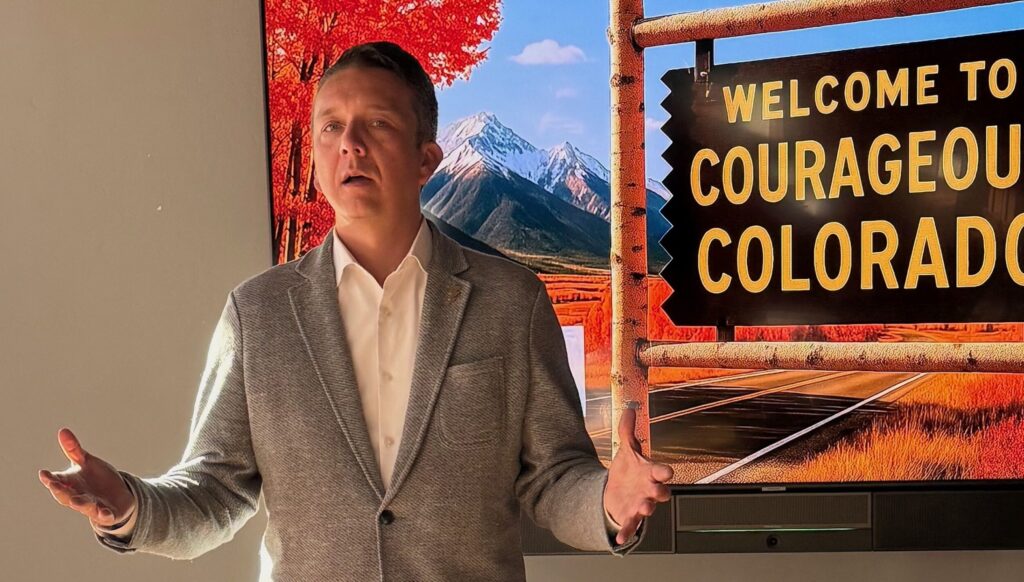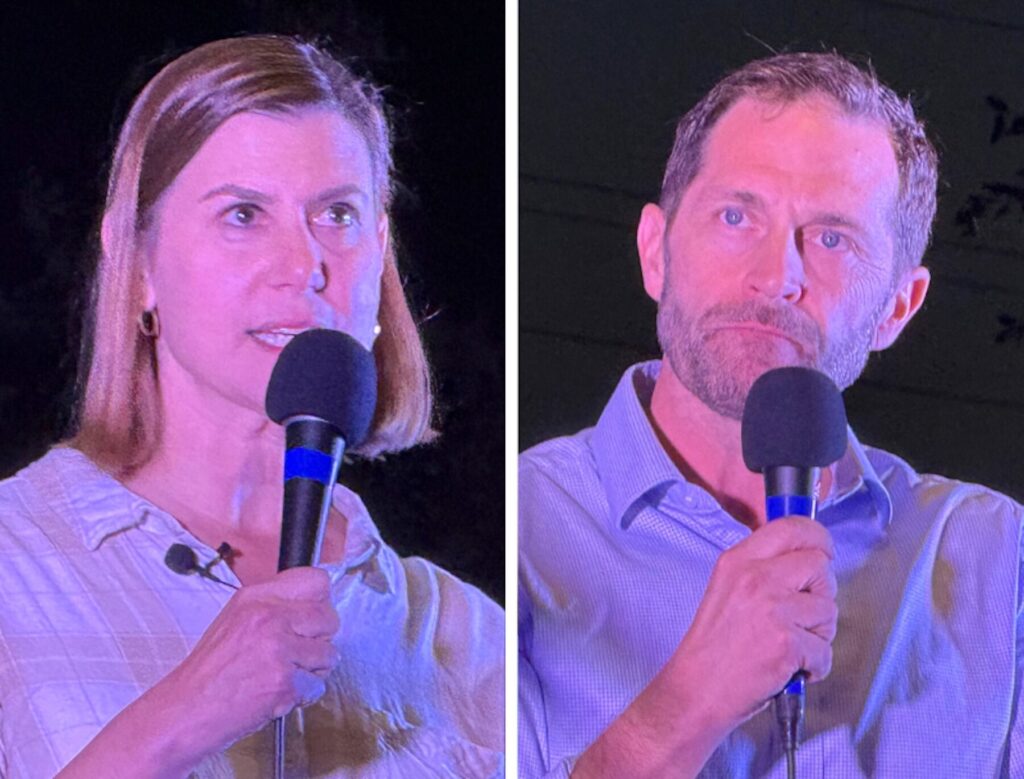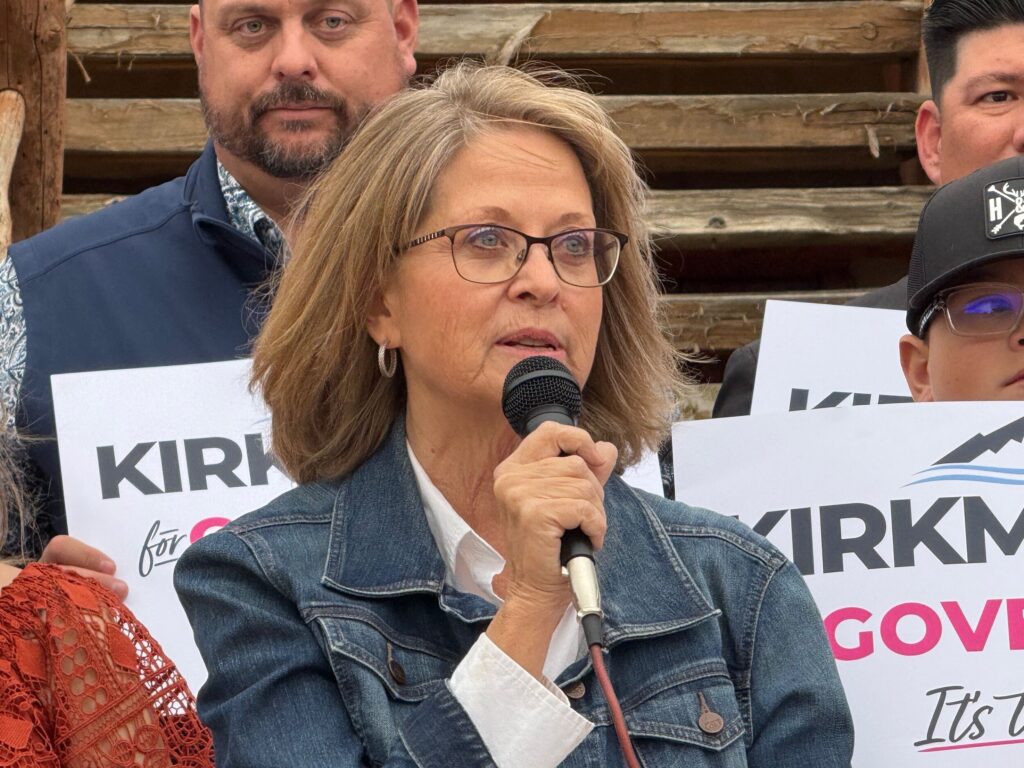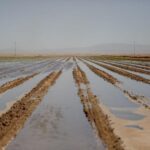Water Power Struggle: Upper basin states allege downstream ‘overuse’
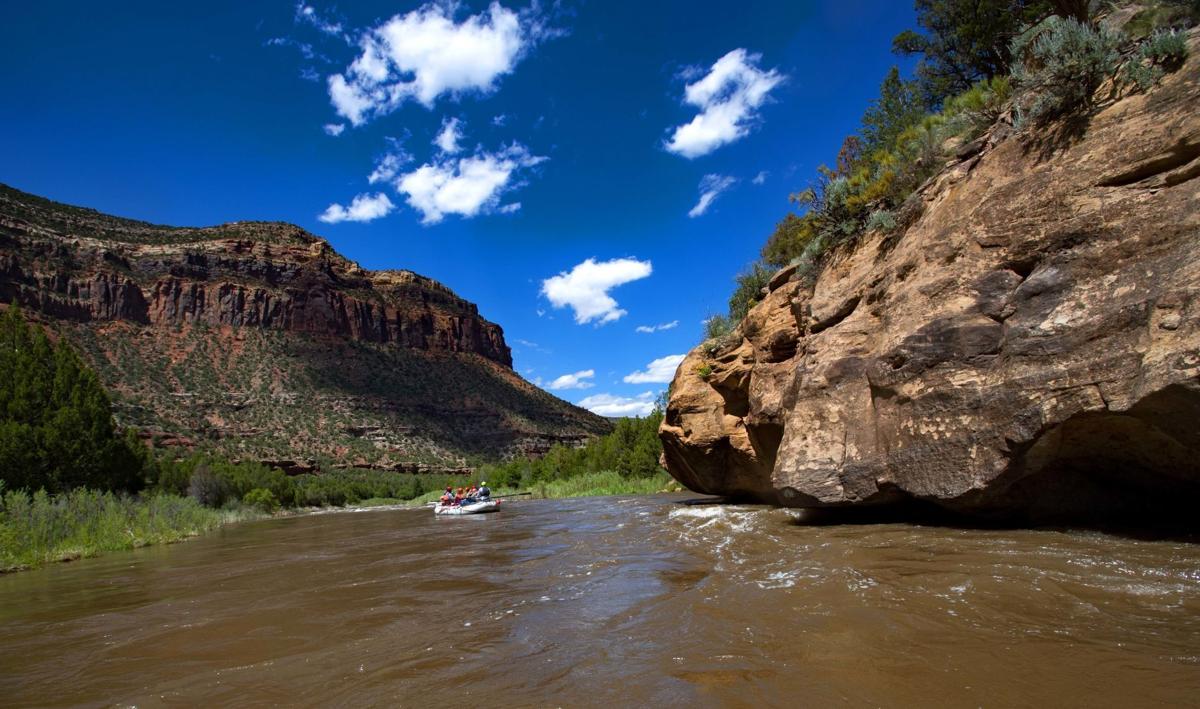
Christian Murdock/The Gazette
Colorado’s water experts expressed long-held worries about allocation among the Upper and Lower Basin states in this week’s Water Congress that is well underway in Steamboat Springs, notably fears of over-allocation of the river that some 40 million people and farming operations rely on.
Upper Colorado River Commission member Becky Mitchell echoed people’s sentiments — often coming from officials in the Upper Basin territories — about the agreement with downstream states on the Colorado River, which “have been relying on something that’s not theirs and not there anymore.”
“It’s not rocket science,” Mitchell said. “It doesn’t take a genius to figure out. There is more leaving the system than is going in. The safety net is gone.”
The Colorado’s water, she added, “is not ours or theirs, it’s all of ours. What we do is for our own resilience… you save for you, and we’ll save for you, too.”
Andy Mueller, general manager of the Colorado River Water Conservation District, was equally emphatic about not selling out to downstream users.
“We need to make sure we don’t open our state up to interstate water marketing,” he said. “It’s important we don’t agree to market our water out of state. We can’t change our law to satisfy the addiction that exists in lower basin states.”
As for any conserved consumptive use laws or measures, Mueller said those should be paid for by the federal government, not by Colorado.
As users of 80% of the Colorado River’s diversions, the agriculture community is keenly aware of the ramifications of such water-saving actions.
“We’re only one bad year away from disaster,” said Dan Waldvogle, program officer for Conscience Bay Research and Western States Ranches. “The consequences for Colorado agriculture providers will be severe. This pool should be for us, not for overuse in the lower basin.”
Attendees had also packed into the Korbel Grand Ballroom for a keynote panel on “Tools and Techniques in Agricultural Water Conservation.” Earlier, people attended the “Conservation Trusts Partnering with Local Water Entities,” featuring executives from the Colorado Water Trust, San Miguel Watershed Coalition, Palmer Land Trust, and Rio Grande Headwaters Land Trust. That panel highlighted relationships trusts have with water providers, users, and managers
Moderated by the Colorado Department of Agriculture’s Conservation Director, Evanne Caviness, who said Colorado is losing productive farmland at a faster rate than any other state, the panelists for the agricultural water conservation discussion included Ea’mon O’Toole of northwest Colorado’s Ladder Ranch; Randy Ray, executive director of the Central Colorado Water Conservancy District; and Amber Pacheco, deputy general manager of southern Colorado’s Rio Grande Water Conservation District.
Challenges farmers and ranchers are facing include less water and earlier runoff, declining groundwater levels, aging infrastructure, balancing conservation and production, unhealthy forests, rural development, the panelists said.
“It’s a difficult time with the state of our aquifers,” said Pacheco, adding that in the last two decades, their valley has only had three above-average precipitation years. “We’re trying to recover and maintain them. We continue to face a dry climate and need to figure out how to keep agriculture as economically viable as possible.”
Other challenges, she said, include restoring aquifer health, complying with the Rio Grande Compact, and supporting local farmers with water management. One effective tool the district has employed is groundwater conservation easements.
A tool that’s worked for Ray in the Central Colorado Water Conservancy District has been installing flow meters on farmers’ wells, as well as “quota trading,” where one farmer allows another to use his fields when needed. The Bureau of Reclamation’s WaterSmart grants have also helped them better monitor wells, with web-based access to real-time pumping data, he said.
“We have to learn to live with less groundwater and manage it,” he said. “Our ranchers are getting just a fraction of the water they’re used to.”
Up in the Little Snake River drainage, O’Toole, who said the area has only received an inch of rain this year, made a case for both the wetlands irrigation fosters, as well as increased high-elevation storage.
“Let’s hold it high in the mountains and release it when we need it, instead of having it evaporate in Lake Powell,” he said.
The panelists agreed there’s more that can be done.
“Conservation doesn’t always mean shutting off a headgate,” said Pacheco. “There are a lot of other things we can do. But we have to tighten our belts more every year. It’s a challenge that never ends.”
In a legislative session with the Colorado Water Resources and Power Development Authority, Colorado State Engineer and Division of Water Resources Director Jason Ullmann stressed the importance of measuring all of the state’s Colorado River diversions, especially in face of Colorado River Basin states working on a new supply-driven approach to water sharing to better manage the river’s water.
“You can’t conserve what you can’t measure,” he said, outlining a need for new compact administration regulations, which will include a broad public outreach effort to begin next spring after initial stakeholder meetings. “It will be a very time-consuming but transparent public input process, and we’re committed to beginning the engagement process very soon.”




